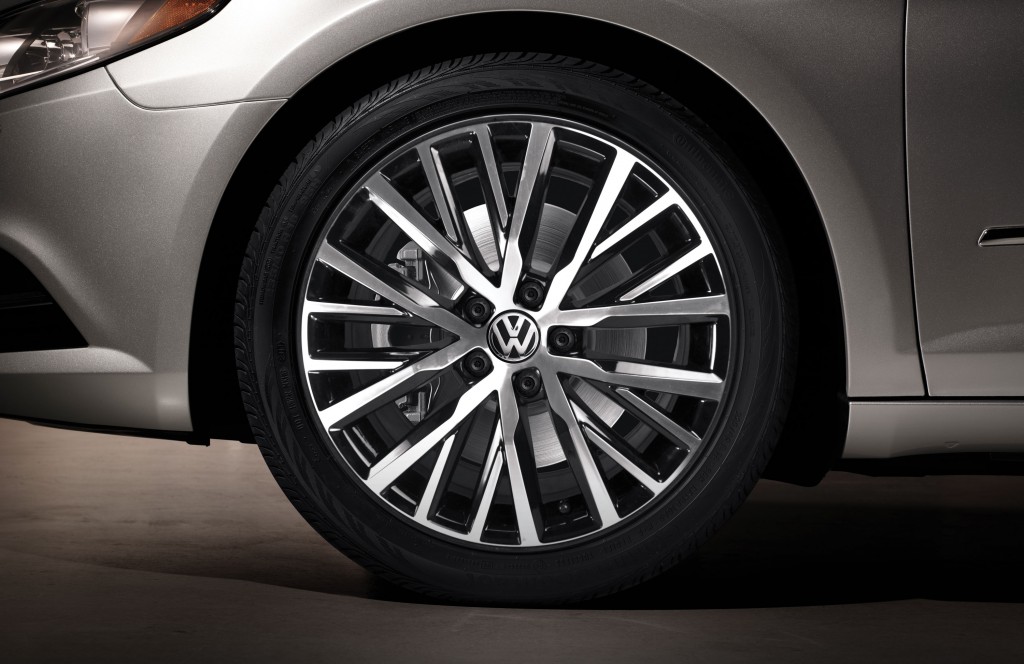The following is a seasonal post syndicated from the Leith Cars blog. We know that as the temperatures start to drop, many of you might have questions about how the colder weather will affect your car’s tire pressure, so this is us answering those questions and offering help.
So you’re on the way out to your car, dressed for work, briefcase in one hand, coffee in the other. It’s been a rough morning and you’re leaving five minutes late, so you’re thinking about possible shortcuts you could take. It’s also been getting progressively colder, and today you can see your breath as you get in the car and turn it on. Then you’re greeted with the last thing you want to see: the low tire pressure indicator.
Around this time of year as the temperature is dropping, you won’t be alone. Why does your tire pressure drop when it gets cold, and why is that a cause for concern? We have some answers.

Checking your tire pressure is already something you ought to do on a regular basis. For every month that passes, your tires lose about 1 psi through natural air seepage. Beyond that, they will also lose or gain another 1 psi for every 10°F change in temperature. Simple physics explain this phenomenon. The compressed air in your tires is a gas which expands when heated and condenses when cooled. That’s why tire pressure goes down when the weather gets colder.
It’s important for you to stay on top of this because underinflated tires will:
• Decrease your vehicle’s fuel economy
• Cause imprecise handling
• Wear unevenly along the edges of the tread
• In the worst case, overheat and fail at highway speeds
According to the National Highway Traffic and Safety Administration, some 600 fatalities and 33,000 injuries a year are the result of under-inflated tires. At the same time, the US Department of Energy claims Americans waste more than a billion gallons of gasoline while driving on under-inflated tires.
Some people are lucky because their cars will now automatically monitor tire pressure and tell them when it’s getting low, but if your car doesn’t have this feature, you’ll want to check about once a month, or at least before you go on a long trip. The best time to check is first thing in the morning when your tires are still cold (both from ambient temperature and from not being driven on in the past several hours). That will give you the most accurate reading. You can consult your car’s manual for the recommended tire pressure for that make and model.
For more information on tire pressure, you can visit the following links:
“Tire Safety and Maintenance” – AAA Exchange
“Air Pressure, Temperature Fluctuations” – TireRack.com
Now is a great time to check, well in advance of any holiday traveling you might have planned. If you do find that your tire pressure is too low, we encourage you to visit us at Leith Volkswagen of Cary!





Comments are closed.